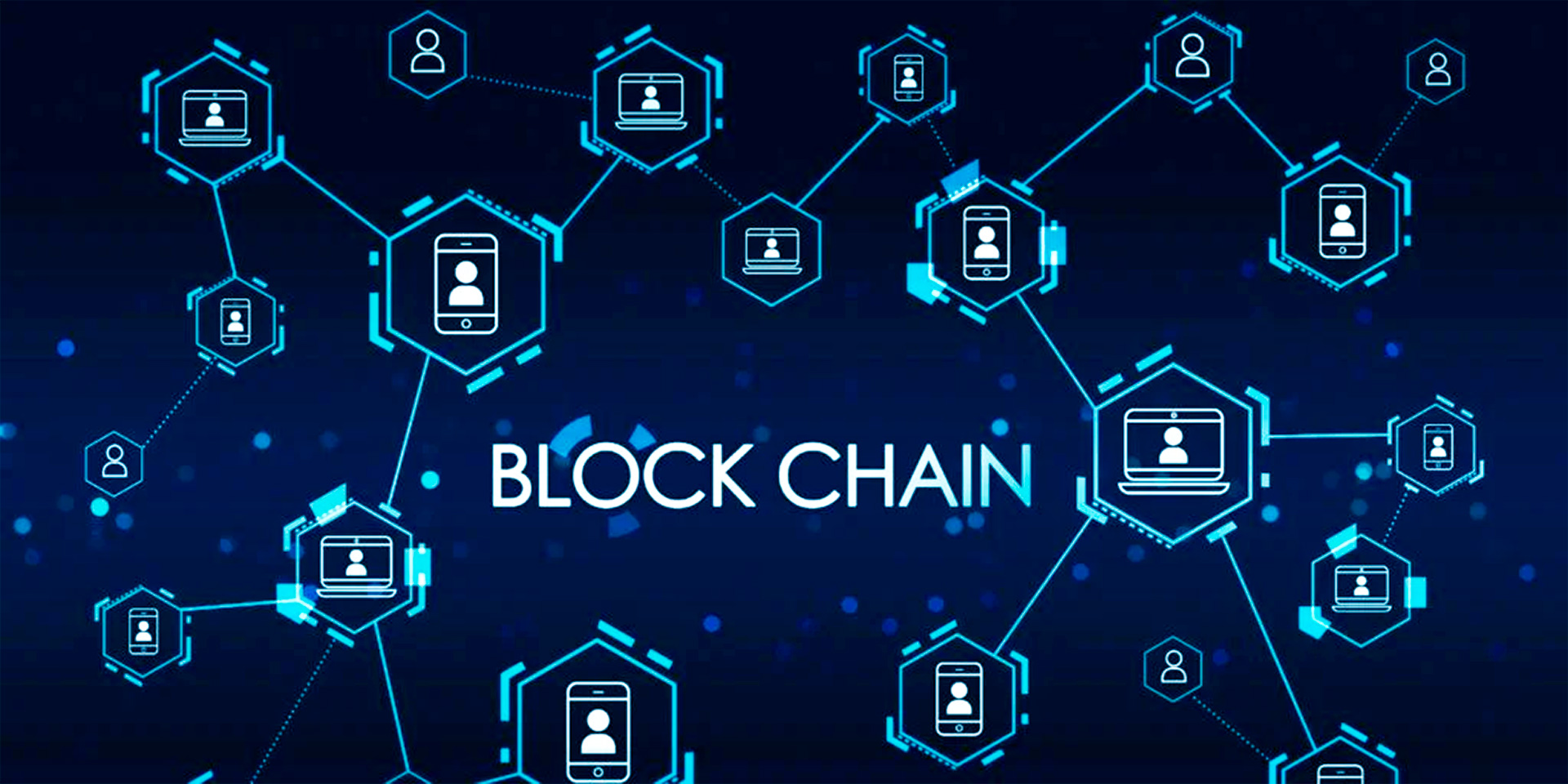Blockchain technology is revolutionizing the lending industry by enhancing transparency, reducing fraud, and streamlining operations. This decentralized ledger system provides immutable records of transactions, fostering trust between borrowers and lenders. By automating processes and reducing intermediary involvement, blockchain also lowers costs and accelerates loan approvals. However, scalability challenges and regulatory concerns remain barriers to widespread adoption. This article explores the transformative role of blockchain in lending, its benefits, and the hurdles that need to be addressed for broader implementation.
How Blockchain Enhances Transparency in Lending
Transparency is a critical factor in lending, as it builds trust between borrowers and lenders. Blockchain achieves this by creating a distributed and tamper-proof ledger that records every transaction. This ensures that all parties have access to the same verified information, eliminating discrepancies and disputes. Smart contracts—self-executing contracts with terms directly written into code—further enhance transparency by automating loan agreements and ensuring compliance with predefined conditions.
Benefits of Blockchain for Transparency
- Immutable records: Blockchain creates unalterable transaction histories, reducing fraud and errors.
- Real-time visibility: All stakeholders can access updated information instantly.
- Smart contracts: Automate agreement enforcement, ensuring both parties meet their obligations.
Real-World Applications
Platforms like Aave and MakerDAO use blockchain to provide decentralized lending services, offering borrowers and lenders full visibility into loan terms and transaction records. These platforms demonstrate how blockchain can foster trust in financial agreements.
Reducing Fraud Through Blockchain
Fraud is a persistent issue in traditional lending systems, often stemming from forged documents, identity theft, or falsified credit histories. Blockchain addresses these challenges by providing a secure and verifiable system for managing data. Each transaction is recorded on a distributed ledger that is nearly impossible to alter, making it easier to detect and prevent fraudulent activities.
Key Fraud-Reduction Features
- Decentralization: Eliminates single points of failure that are vulnerable to manipulation.
- Encryption: Protects sensitive data and ensures only authorized parties can access information.
- Audit trails: Enables easy tracking and verification of transactions, discouraging fraudulent behavior.
Examples in Practice
Companies like TrustToken and Bloom leverage blockchain to verify borrower identities and credit histories, reducing the risk of fraud while expediting the loan approval process.

Cost Reduction and Efficiency Gains
Traditional lending systems often involve multiple intermediaries, such as brokers, underwriters, and credit agencies, leading to increased costs and delays. Blockchain simplifies these processes by enabling direct peer-to-peer transactions and automating administrative tasks. This reduces operational expenses and accelerates loan processing, making lending more efficient and accessible.
Efficiency-Boosting Mechanisms
- Smart contracts: Eliminate the need for intermediaries by automating loan disbursement and repayment.
- Tokenization: Converts assets into digital tokens, streamlining collateral management.
- Decentralized finance (DeFi): Offers a platform for direct lending and borrowing without traditional institutions.
Impact on Borrowers and Lenders
For borrowers, blockchain reduces borrowing costs and improves access to credit. For lenders, it minimizes administrative overheads and enhances portfolio management through real-time data analytics.
Scalability Challenges in Blockchain Lending
Despite its advantages, blockchain technology faces scalability challenges that hinder its widespread adoption in lending. High transaction volumes can overwhelm blockchain networks, leading to slower processing times and increased costs. Additionally, energy-intensive consensus mechanisms like proof-of-work raise environmental concerns and operational expenses.
Barriers to Scalability
- Network congestion: High demand for transactions can slow down processing speeds.
- Energy consumption: Mining and validation processes are resource-intensive.
- Interoperability: Limited integration between blockchain platforms and traditional financial systems.
Solutions to Overcome Scalability Issues
- Layer 2 solutions: Off-chain systems like Lightning Network reduce congestion on the main blockchain.
- Consensus mechanisms: Transitioning to proof-of-stake lowers energy consumption and increases efficiency.
- Cross-chain interoperability: Enhances compatibility between different blockchain ecosystems, facilitating broader adoption.

Regulatory Challenges and Compliance
The decentralized nature of blockchain raises questions about regulatory oversight and compliance. Financial institutions must navigate a complex landscape of local and international regulations to ensure blockchain-based lending complies with existing laws. Issues such as data privacy, anti-money laundering (AML), and know-your-customer (KYC) requirements pose significant hurdles for blockchain adoption in lending.
Regulatory Concerns
- Data protection: Ensuring blockchain systems comply with privacy laws like GDPR.
- AML/KYC: Verifying identities and preventing illegal transactions in decentralized environments.
- Jurisdictional conflicts: Reconciling global blockchain networks with localized financial regulations.
Addressing Compliance Issues
Collaborations between regulators and blockchain developers can establish frameworks that balance innovation with legal compliance. Initiatives like the Global Blockchain Business Council (GBBC) aim to promote best practices and regulatory clarity in blockchain adoption.
The Future of Blockchain in Lending
As blockchain technology continues to mature, its potential to transform the lending industry will expand. Emerging trends, such as decentralized identity systems and tokenized credit scores, promise to make lending even more transparent and inclusive. Additionally, advancements in scalability and regulatory frameworks will address current challenges, paving the way for broader adoption.
Emerging Trends
- Decentralized identities: Empower borrowers to control their data and share it securely with lenders.
- Tokenized credit systems: Simplify the credit evaluation process and enhance access to financial services.
- Green blockchains: Focus on energy-efficient solutions to address environmental concerns.
Opportunities for Growth
Integrating blockchain with artificial intelligence and big data analytics can further optimize lending processes, enabling smarter decision-making and risk management.
The Conclusion
Blockchain technology is reshaping the lending industry by enhancing transparency, reducing fraud, and streamlining operations. While challenges like scalability and regulatory compliance persist, ongoing innovations and collaborations are addressing these barriers. As blockchain adoption grows, it promises to create a more efficient, secure, and inclusive lending ecosystem, benefiting borrowers and lenders alike. By embracing this transformative technology, the financial sector can build a future founded on trust, transparency, and efficiency.



